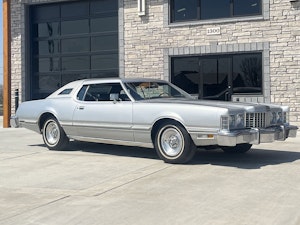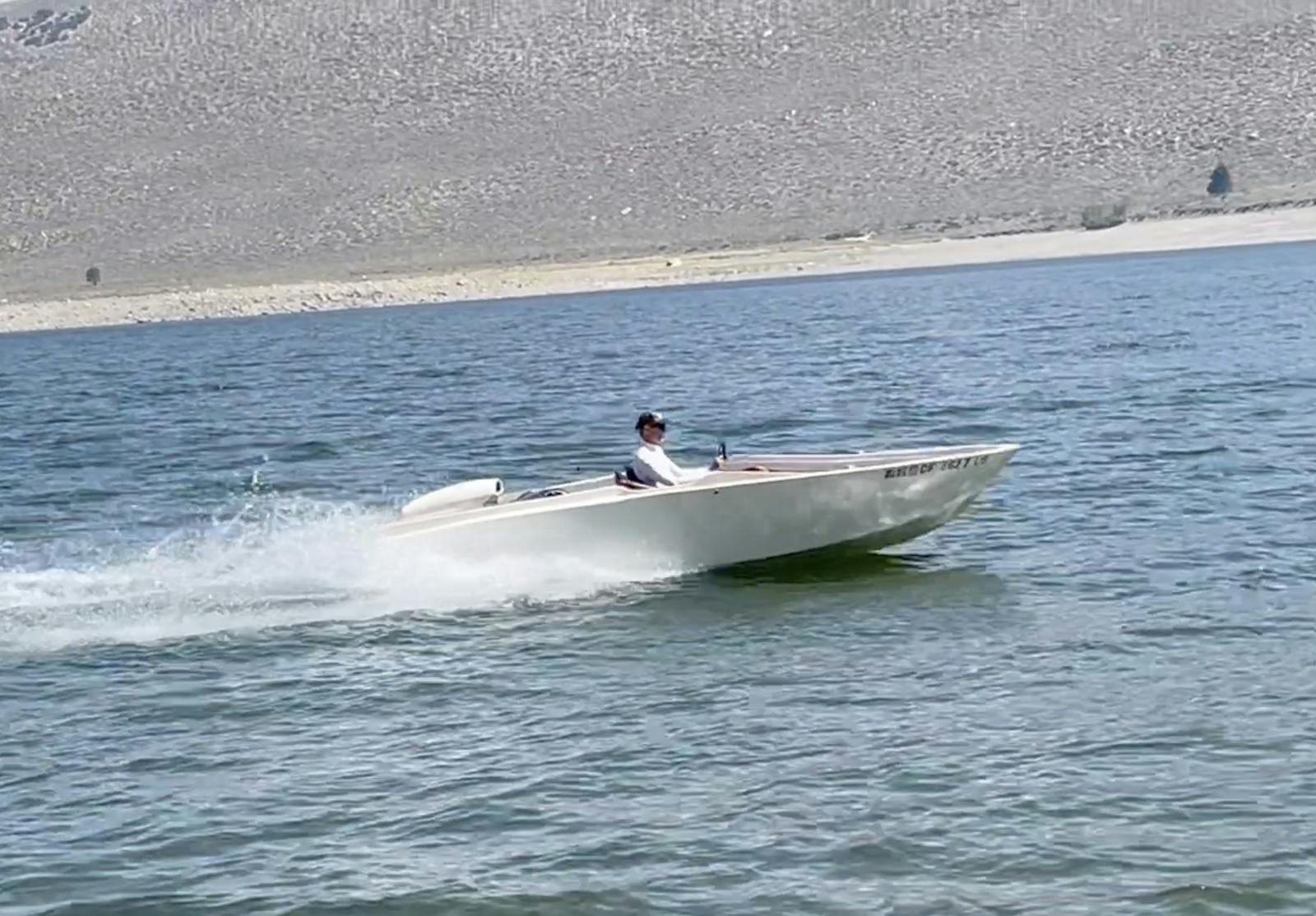Media | Articles
The advantages of Clinker-hulled Lymans
It should come as no surprise that hull design affects boats’ handling characteristics significantly. The 23’ Lyman pictured here cruises comfortably at 18 knots, with a cushioned, supple and level ride. Its even ride results from a sharp forefoot that easily splits waves and handles chop without drama. And its wood “clinker-built” construction gives slightly, allowing for movement in the water and contrasting sharply with riding on plane in a fiberglass, hard chine boat.
Clinker-built refers to the wood planking, wherein each board edge overlaps the top of the prior plank’s edge and is then clinch-nailed to the ribs (as well as screwed to the frames). As a result, the lower edge of each plank is visible and appears as a series of horizontal lines, distinguishing the Lyman from a carvel-type hull (where each plank is butted and fastened edge-to-edge to the adjacent plank). Most believe carvel planking is stronger than clinker-built and therefore less flexible. However, clinker-built construction allows for some wiggle between the planks, making these boats more adaptable to wave and weather conditions.
According to Bill Lyman, son of the company’s founder, “lapstrake or clinker-built hulls date back to the Scandinavian voyagers… This type of construction had very definite advantages then, which still hold today.”
Other wooden boat companies that produced clinker-built boats are Chris-Craft, Hubert L. Johnson and Luhrs and Hutchinson. While all their clinkers overlapped planks, one over the next towards the keel’s center, Chris-Craft used a different mastic and fastening system than Lyman. Furthermore, Chris-Craft constructed a separate yard to build its clinker models, and created a new division called Chris-Craft Sea Skiffs distinguishing this very different boating experience from its runabout line-up.
The new division was a result of dealer feedback. At the time, Chris-Craft was just a family business relying on independent dealers to generate sales and report on their market conditions. Many reported that Lyman was gaining customers and encouraged Chris-Craft to produce a similar boat to meet emerging customer demand. So Chris-Craft bought some Lyman boats and analyzed them for ride, handling and construction.
Marketplace
Buy and sell classics with confidence
Their research yielded the Sea Skiffs. Chris-Craft ultimately built 1670 boats with its competitive 22’ Sea Skiff hull, compared with Lyman’s production of 892 boats in its 23’ model.
Lymans tend to be “user boats” and many Lyman boaters enjoy their boats on all sorts of excursions, from day-trips to simple dinner excursions. The boat is often an integral part of their family and is included in weekend activities.
Additionally, during classic boat shows, where many all-mahogany boats take a break from storage to be displayed on land, classic Lymans are more often found displayed in-water rather than atop a trailer. Why? Because their enthusiastic owners frequently drop lines for a ride or cruise. Give a Lyman owner any excuse it seems, and he’ll offer a ride just as an excuse to get on the water.
Lyman’s wooden boat production ended in 1973, when the company switched to making fiberglass boats exclusively. That effort was short-lived, though, and the meaningful production of new boats ended around 1980. From then through ’87, a small crew kept up a wood Lyman parts business to support owners.
Since then one Lyman restorer, Tom Koroknay, has filled the gap. “I purchased the original factory tooling from the Lyman Boat Works over twenty years ago to supplement my Lyman restoration business and have been making factory-specification parts ever since then.”










